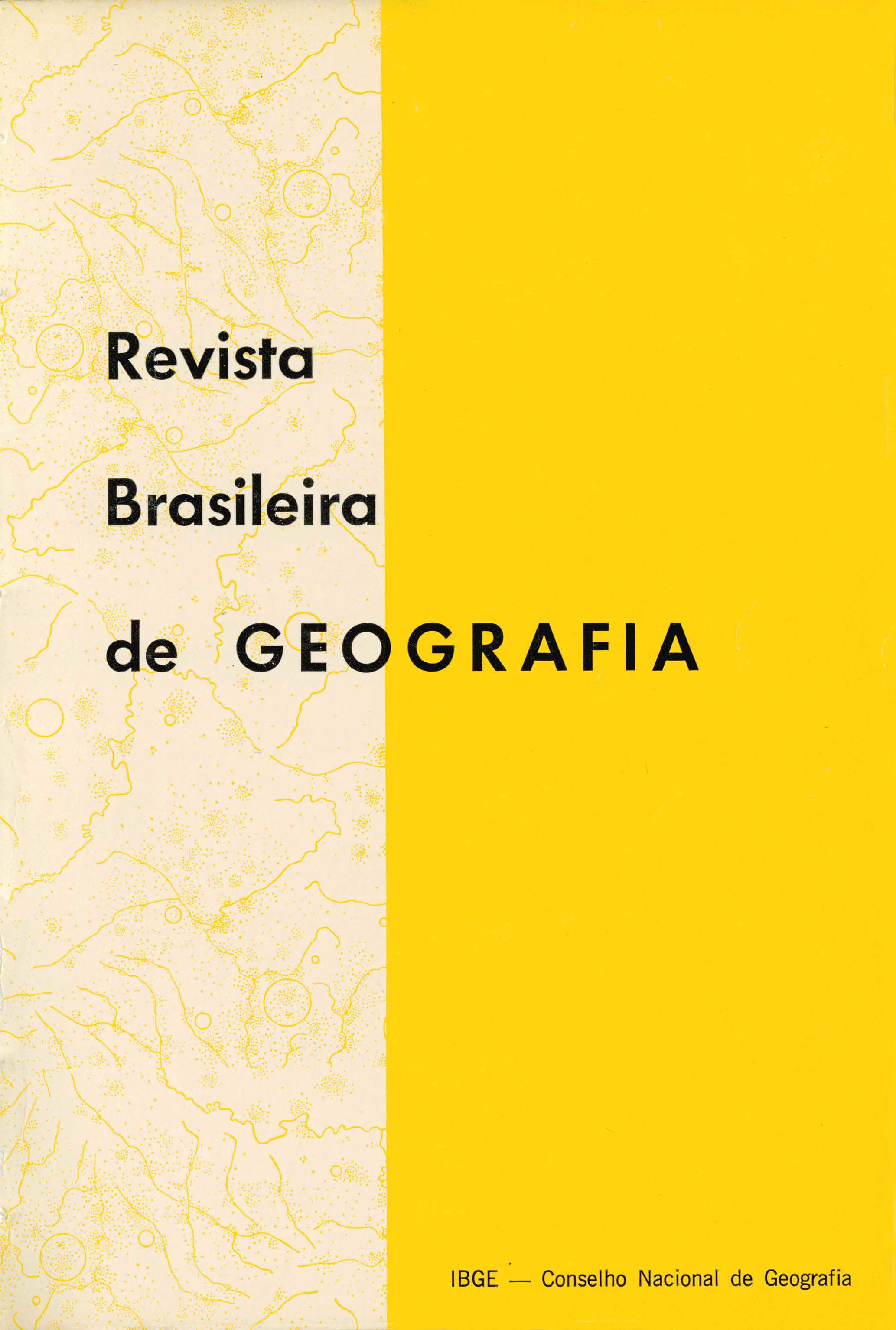Considerações geomorfológicas sobre o Médio Amazonas
Palavras-chave:
Amazonas, Rio, Vale;, Hidrografia;, Geomorfologia fluvial.Resumo
The characteristics presented by the subsurficial structure of the landscape in the Middle Amazon Valley give us some clues to the study of variations in the erosive processes acting on the slopes during the Quaternary. The principal elements that bring evidence to these variations are the detrital paleopaviments (stone lines) and superposed colluvial mantles. The last stages of coluviation and paving observed are considered as more recent than the elaboration of the low terrace level that borders the main valleys. The considerable increase in efficiency of the denudation processes, like rainwash and mass movements, suggest the occurrence of climatic variations in recent times. Lateritic crusts showing an aspect undoubtedly Pre-Recent, testify also the complex paleoclimatic evolution of the area.
The coarse material filling the deep depression of the Amazon, elaborated during the last glacial period, lead us to the conclusion that variations in the hydrological regimen of the rivers took place in that period, with an increase in their capacity to transport coarse clastics during regressive base level lines. Such conditions are tentatively related to paleoclimates with concentrated and heavy rainfall.
Climatic fluctuations and the recent variations of sea level seem to be the responsible for the characteristics shown by the hydrographic system, among wich might be pointed out the low valleys of drowned rivers, lakes partially enclosed within the "terra firme" and "paranás" (arms of a large river) entrenched between remnants of a low topographic level older than the floodplains.






